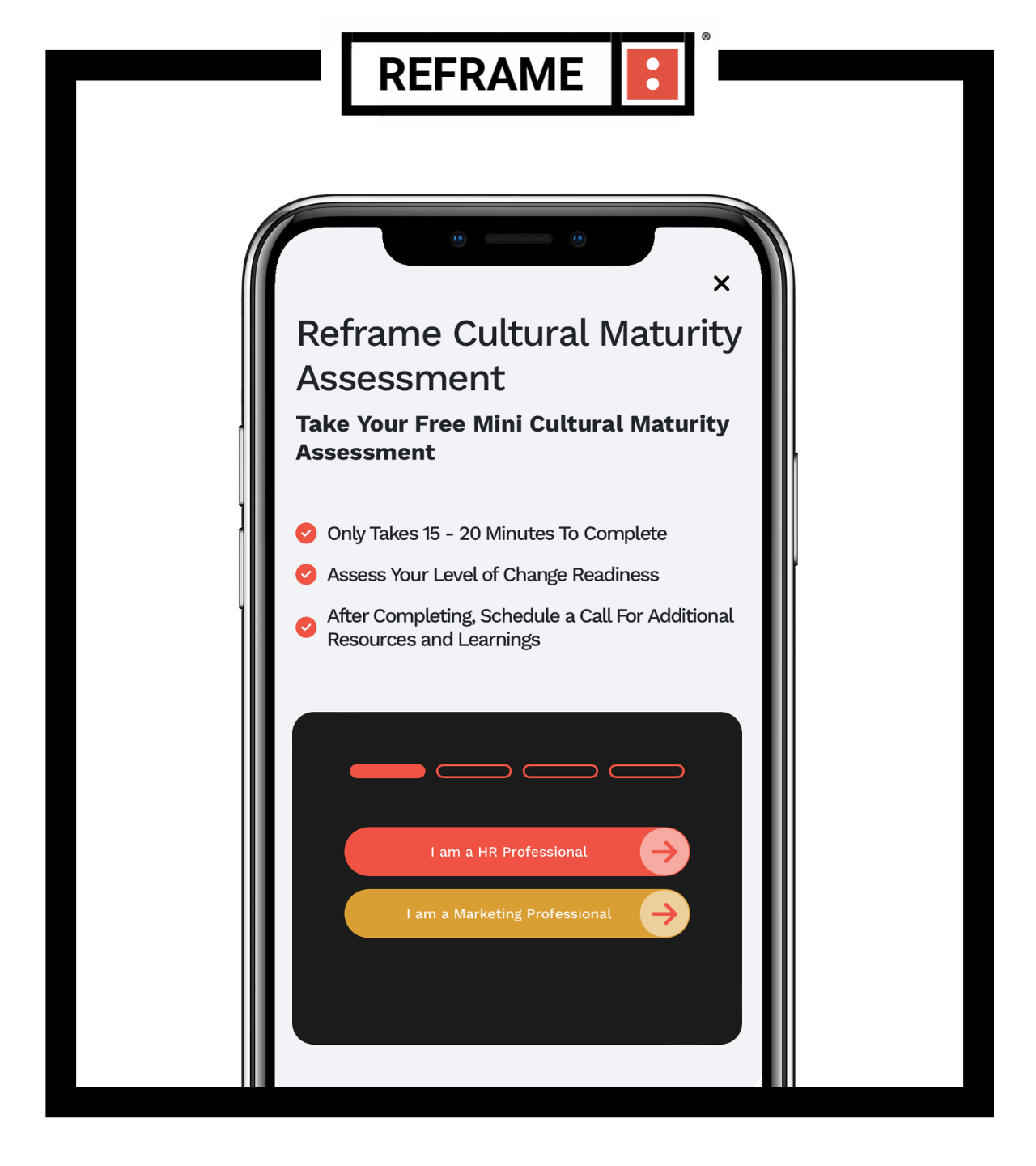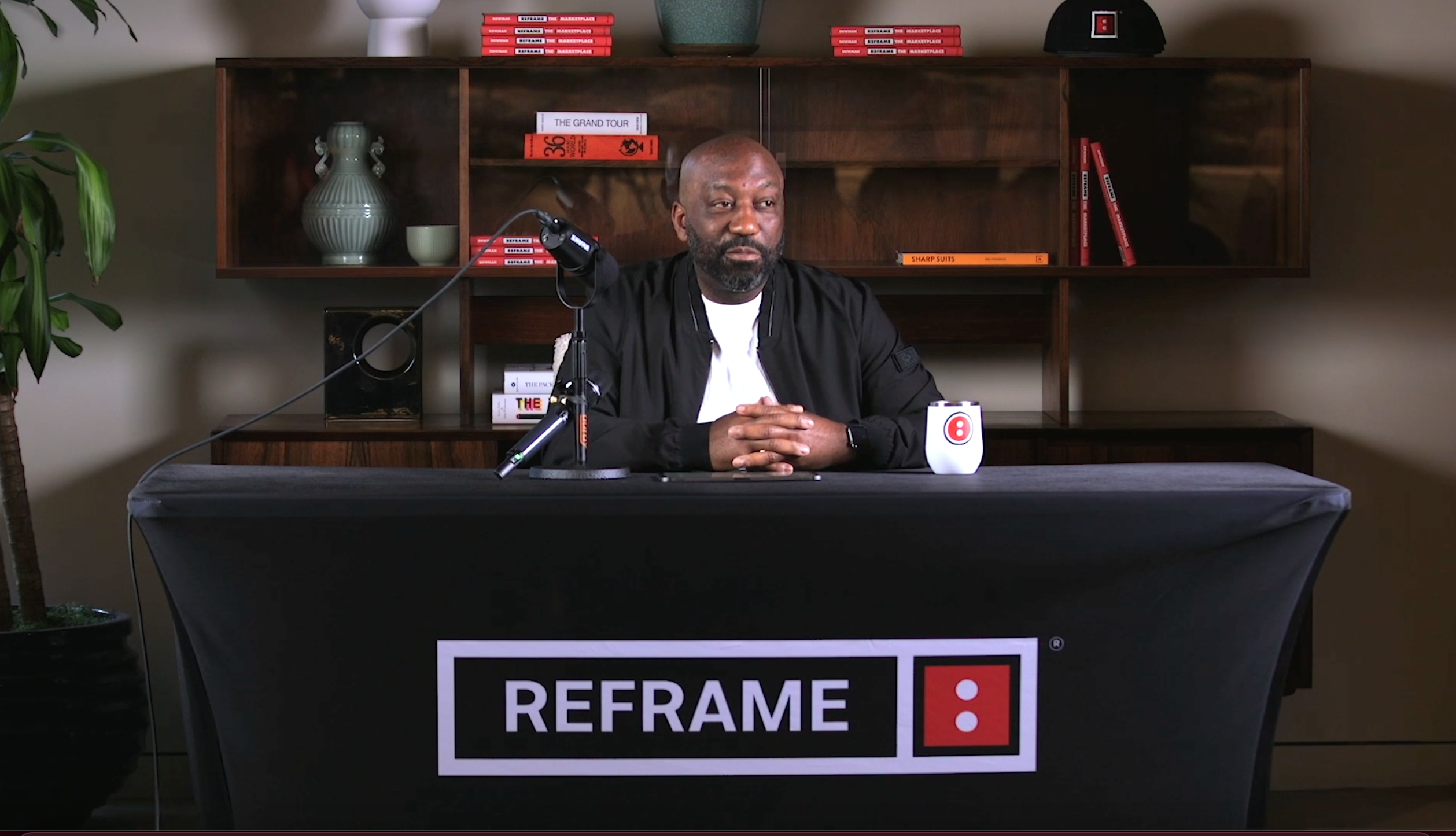Cultural Maturity Phase V: The Mastery Stage
The Mastery Stage
Over the last several weeks we’ve outlined a very important feature for understanding how organizations become more modern and human. Within the change management business, there is a maturation model. Ours is a Total Market Enterprise™ Maturation model we’ve introduced in the last couple of weeks. In order for organizations to drive change in the marketplace and workplace, they have to understand their level of cultural maturation, develop a strategy and drive operational excellence.
Organizations that have reached the fifth and final stage of cultural maturity are best in class and category. They have mastered every challenge surrounding the Structure, Strategy, Segments, Systems, and Solutions that impact both the workplace and marketplace. Thus, we refer to this phase as the “Mastery Phase.”
In addition to having crafted and executed sound plans for all of the above 5 S’s across the entire organization, organizations at the mastery phase have fine-tuned best practices, have systems to fully immerse new hires and new vendors, and are often publishing their findings to showcase their learnings to industry peers.
If this doesn’t sound like your organization, you’re not alone. Out of a possible score of 5 out of 5 (5 being the organization described above and 1 being little to no progress) the average Fortune 1,000 company falls somewhere between 2 and 3 on our maturation scale. You can read more about that in our full report here.
Instead of being a Phase V organization, it’s more likely that departments within your organization are nearing or have achieved mastery. If you’re seeking to bring one or more departments to this level of cultural maturity, keep reading, the information below outlines more specific benchmarks to strive for.
Symptoms – The organization is acting on mature strategies and sound processes including…
Processes for segmentation are fully mature and include adequate sampling of all audiences including the appropriate representation of women and minority populations.
Practice adoption is 100% complete throughout the organization, best practices become commonplace procedures even when project sponsors are not in the room.
Departments are able to fully benefit from cross-functional learning and development and internal communications.
Employees have mastered new technologies, enabling them to capture a full and realistic portrait of the total addressable audience.
Best practices are being shared at industry events, conferences and thought leadership publications.
Example –
While no brand that we evaluated scored 5 across all the 5 S’s, one one organization stood out among the rest within our State of the Total Market Industry Report. Toyota was best in class to date.
Toyota has mastered many of the 5 S’s but the reason we noted them as best in class is that Toyota took the extra step of challenging its agency partners to go on the cultural maturation journey with them. This was five years ago. Today Toyota’s agency partners may not see eye to eye on everything but they do agree that they are on the road to better connecting with their total addressable audience. Toyota took the long road to cultural maturation using some their best change management practices adopted from internal resources. For more on this story and to view the valuations of other Fortune 1000 brands read the full report here.
Valuation of Segments.
When a brand is in the mastery stage, it has done just that, mastered the art of segmentation. This involves a detailed exploration of the appropriate sample size of minority populations relevant to that specific brand and/or product.
Additionally, their process allows for layering of multiple insights (e.g. Millennial + Hispanic).
The organization has enabled its employees to #closethegap, by facilitating best practices across the organization. Often these practices are shared outside of the organization through formal talks, classes, and/or published thought leadership.
Structure.
There is full buy-in on the value of pursuing the new marketplace opportunity across the organization. This extends from the executive suite down. Sometimes a Multicultural “Center of Excellence (COE) exist but similar to digital transformation, the organization sees this as a priority for growth and it becomes everyone’s business of growth through high growth segments.
Strategies have been implemented to ensure the adoption of best practices at every relevant employee level. This extends to the retention of existing employees and employee engagement programs. A focus is placed on retention and rewards so that best practices are kept within the organization and easily impressed upon new hires. New hires are immersed early on and often throughout the entire employee lifecycle.
Strategy.
By Phase V, the strategy has “buy-in” across all relevant departments and those departments are fully comfortable with implementing all strategies. Systems to pass along new findings and better practices are adopted across the organization making the sharing of new necessary strategies easy to adopt. Technology and the feedback loop about consumer and customer data for the total addressable audience is shared to develop effective commercial programs. Collaboration is commonplace and the refining of practices is celebrated. Proprietary systems may be integrated across the organization and/or are in development.
Systems.
The organization now shares a combined vision and/or experience necessary and is comfortable with investing in MarTech, Ad Tech and partnering to always be in front of the consumer. Legacy systems have been evaluated and decommissioned where necessary. Education programs have been formalized. The trained become the trainers.
Solutions.
Organizations now have set standards as a part of any RFP process when it comes to hiring new vendors. Existing vendors have been evaluated based on these standards. Legacy vendors have been trained and have adopted these standards or have been removed.
Organizations looking to ensure their workplace becomes new marketplace ready should ask themselves the following questions:
-Have I invested in employee training so that my employees are comfortable training others on new practices and new technologies?
-Is my organization fully encouraging collaboration so that we might truly benefit from shared insights and communication?
-Does my organization benefit from true total addressable marketplace insights
-Have we realized our ambition to make adopting these practices and systems everyone’s responsibility?
-Do our partners meet new marketplace standards?
This is not an exhaustive list of questions, but the more yes’s your organization truly arrives at, the closer to new marketplace mastery it may be.
This article is the fifth and final post in a series outlining the cultural maturation many companies experience. If you’d like to read through all of the posts in this series, follow the link to Stage I – Forming.
If you’d like help in accelerating the cultural maturity at your organization please reach out to us at contact@getreframe.com and/or get the full industry report.
Liked this read? You may also want to consider reading the following posts:
How to Assess Your Organizations Level of Cultural Maturity
Cultural Maturation Phase IV: The Leading Stage
Related Blog Articles






